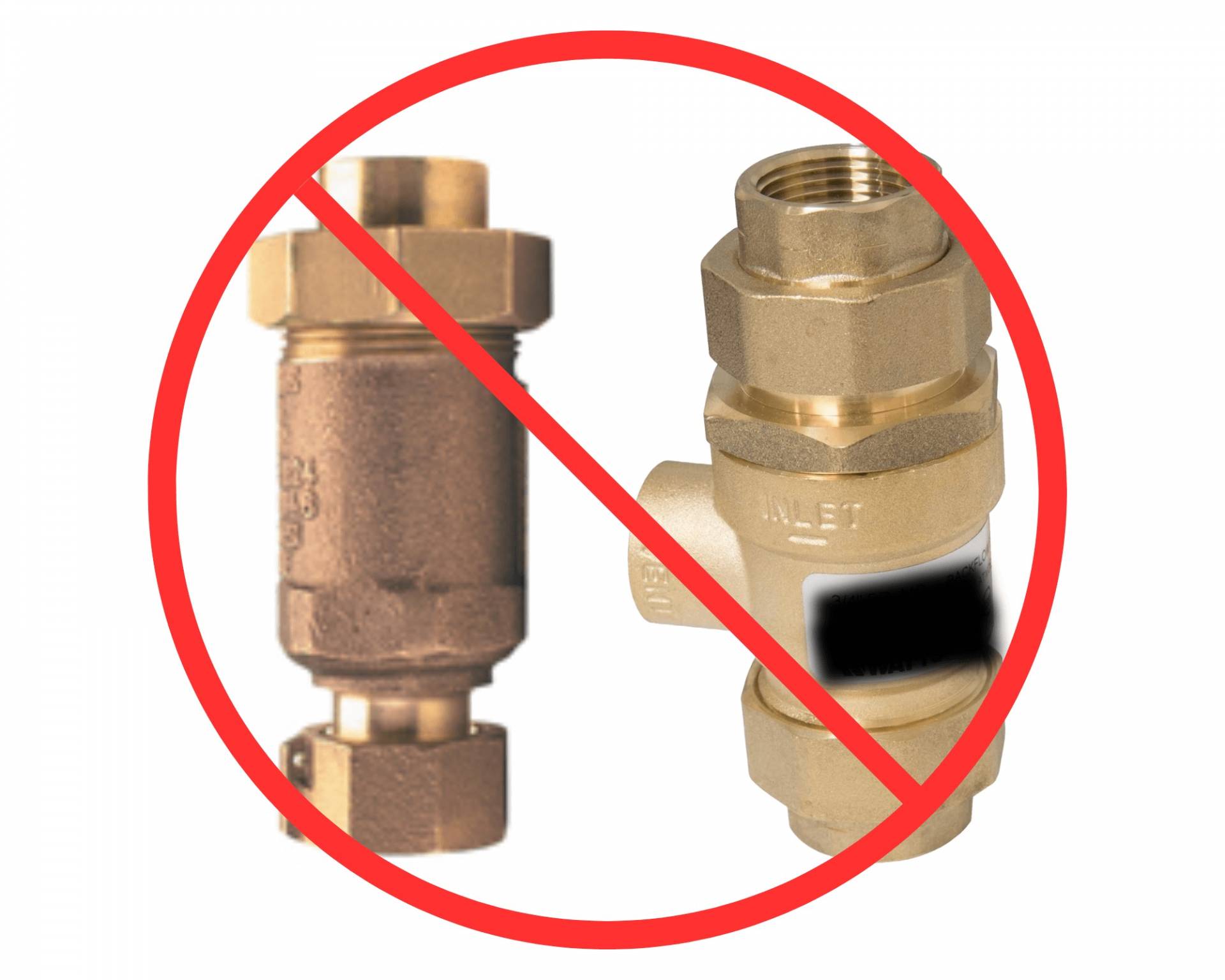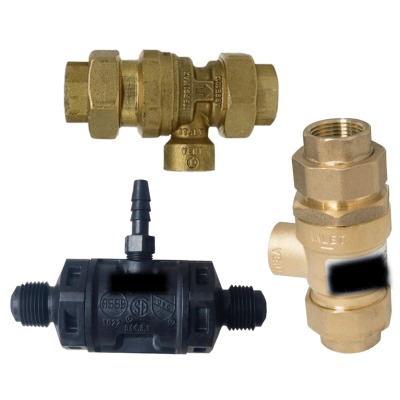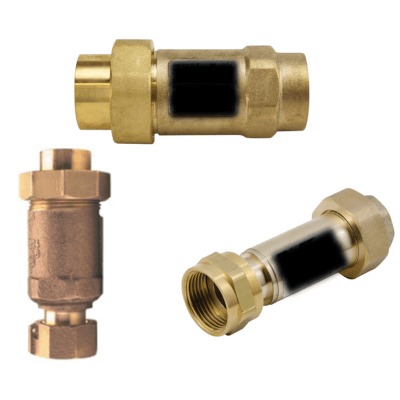
First, it is important to distinguish between low, moderate and high risks. Low risks include connections that could result in a change in the appearance or taste of water which could potentially pose a health hazard if no protection is installed. Then, moderate risks carry the potential harm to health hazard in certain circumstances. Finally, high risks pose a serious health hazard that can lead to death.
Taking a closer look at features of DCAP and DuC devices, it is clear that they have significant shortcomings. Indeed, in the case of a valve failure, it is not possible to detect the problems, which seriously compromises their reliability. In this situation where both valves are blocked by debris or are defective, the valves may remain in the open position. If this happens, there is a risk of contaminating the domestic water system.
On the other hand, human error and poor installation practices can compromise the effectiveness of these devices, thereby increasing the risks of contamination. For example, it is possible for chemicals to be used or that a flexible fitting is connected to a tub containing detergents, resulting in a transition from low or moderate to high risk. The more people there are in a building, the more likely it is that a human error like this could occur.


Another example is that companies, especially in the food industry, which not only risk compromising the health of their employees, but also that of their customers. This could seriously damage their reputation. In a world where news travels quickly, even the slightest negligence can lead to disastrous consequences.
In conclusion, reputation and health should not be compromised in the name of economy or convenience. Priority should be given to the use of reliable and verifiable backflow prevention devices to ensure the safety and quality of drinking water, whether in residences or in commercial, industrial or institutional environments. Opting for robust solutions represents not only a commitment to public health, but also a sign of trust and credibility for all parties involved.
1. Groupe CSA. (2024). Sélection et installations des dispositifs antirefoulement/Entretien et mise à l'essai à pied d'oeuvre des dispositifs antirefoulement (CSA B64.10:23/CSA B64.10.1 :23).
We use cookies to understand how you use our site and to improve your experience. This includes personalizing content and advertising. By continuing to use our site, you accept our use of cookies, terms and conditions, privacy policy. Confused? Send us an e-mail.
I acceptWe use cookies
Respecting your privacy matters to us. We use cookies to personalize our content and facilitate your digital experience. Some cookies may be collected with your consent.
Essential
Essential cookies help make a website usable by enabling basic functions such as page navigation and access to secure areas of the website. The website cannot function properly without these cookies.
Performance
These cookies enable us to analyze navigation on our sites and improve their operation.
Customization
Preference cookies enable a website to remember information that modifies the behavior or appearance of the site, such as your preferred language or the region you are in.
Targeted advertising
These cookies help us limit the number of times you see an advertisement, personalize our offers and services according to your centers of interest, measure the effectiveness of an advertising campaign, and so on. They may be shared with our partners.
We use cookies
Respecting your privacy matters to us. We use cookies to personalize our content and facilitate your digital experience. Some cookies may be collected with your consent.